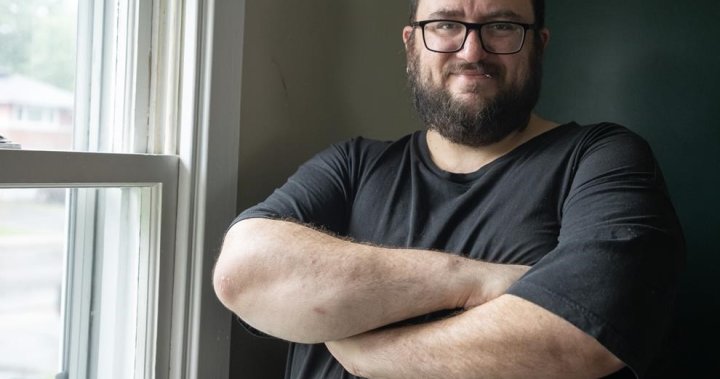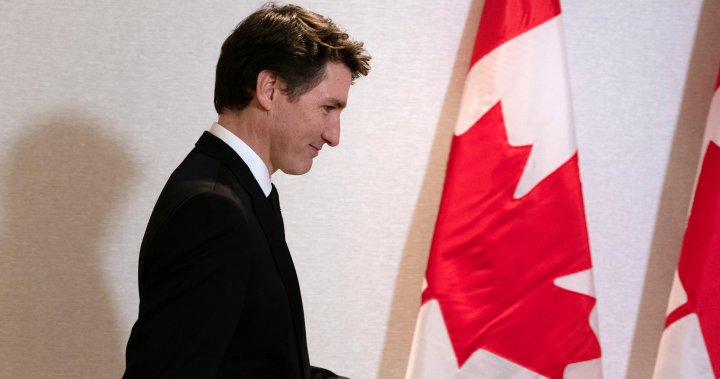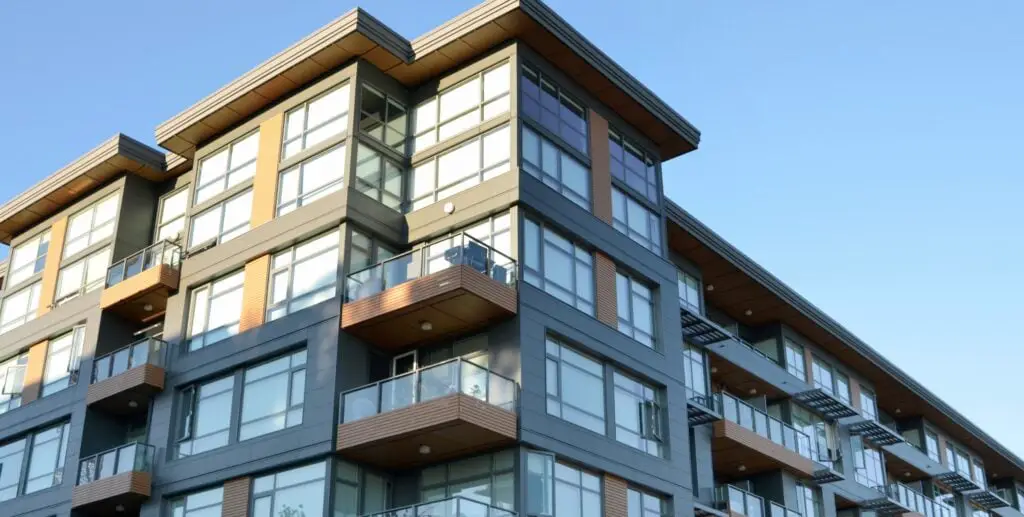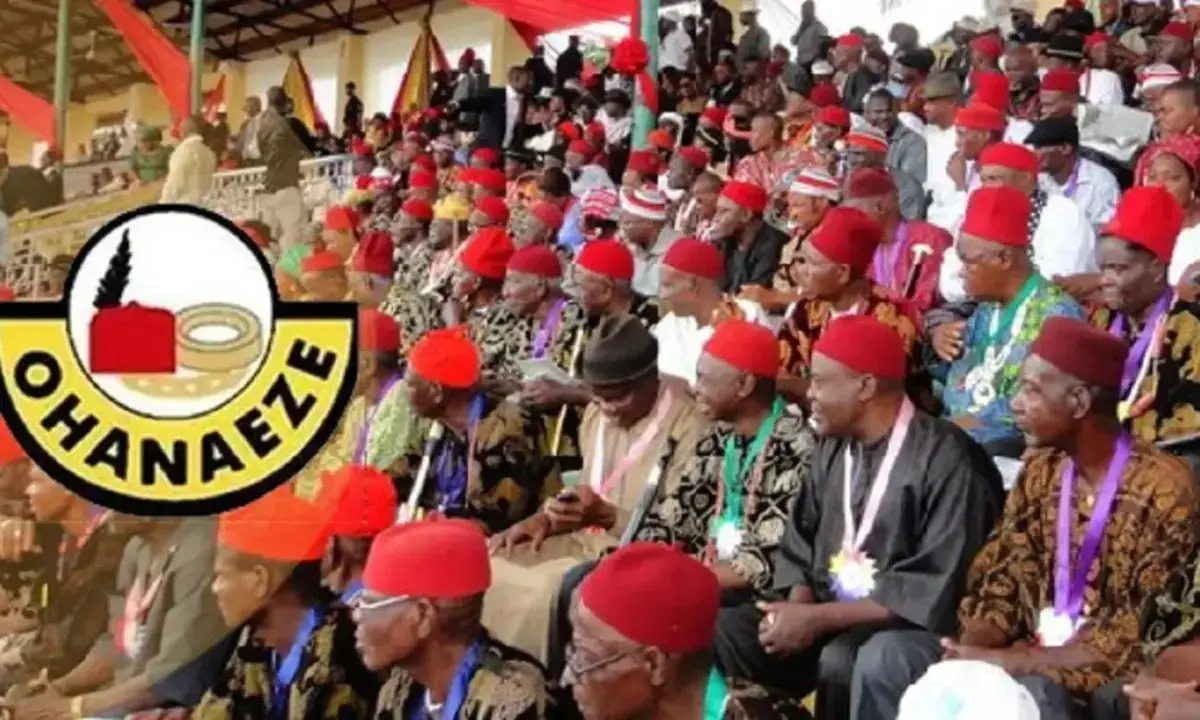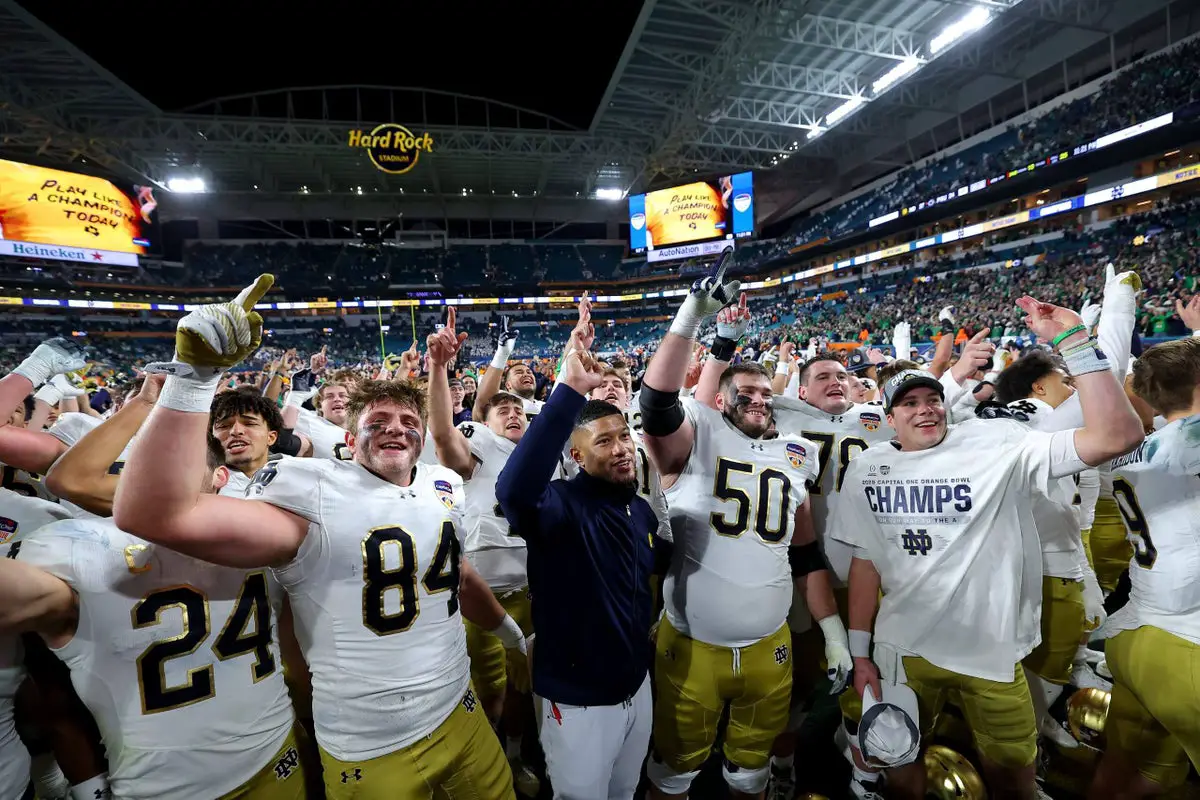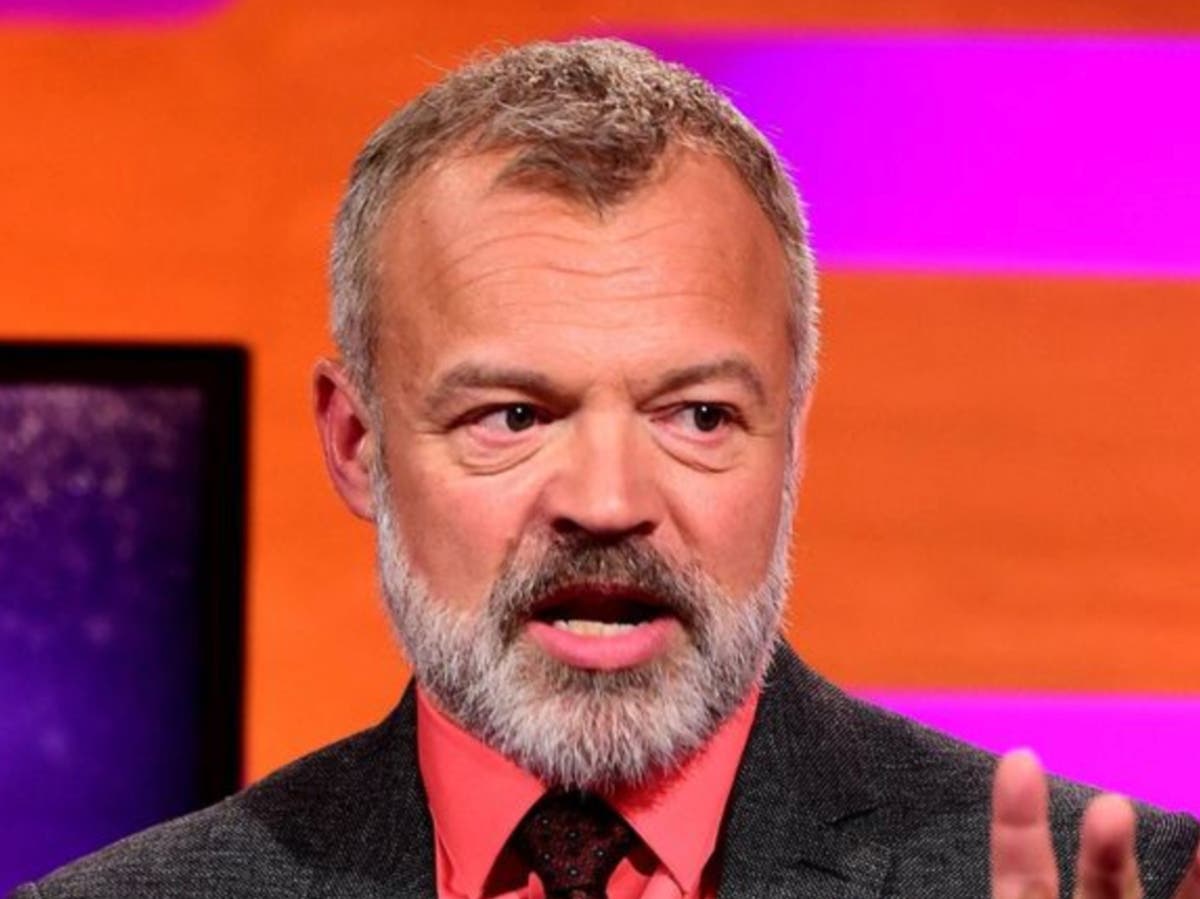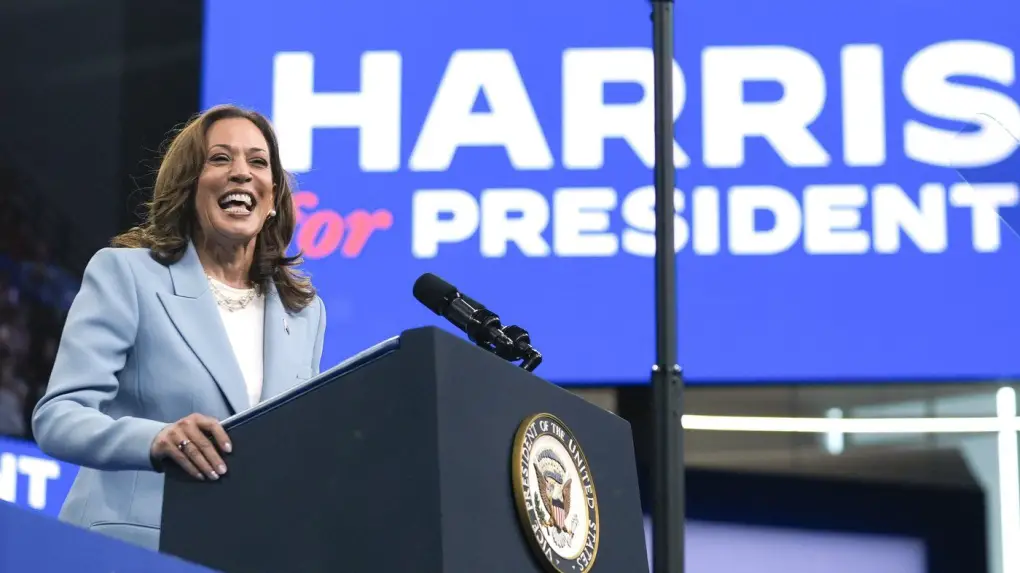
They say a week is a lifetime in politics, but wow — what a month. Leaving the RNC in Milwaukee just weeks ago, it felt like the U.S. election was Donald Trump’s to lose. After the last four days in Chicago, I don’t think anyone can say what will happen with any certainty.
The Democrats’ new candidate is Kamala Harris and Harris’ VP pick — made just about two weeks ago — is Minnesota Gov. Tim Walz. As Americans try to figure out what the new ticket means for them, Canadians are doing the same.
A month into their campaign, it’s as clear as mud. There are two issues that remain at the top of the relationship between our two countries — trade and security — and there is more clarity on the latter than the former.
Nothing was mentioned on trade this week in Chicago, but I think it’s fair to try and glean what Harris might do from what she and the people around her have done so far. That’s where we meet our first red flag: the ‘new’ NAFTA, otherwise known as CUSMA or the USMCA. Harris was one of just 10 senators who voted against it. At the time, she said it was because it didn’t go far enough to address climate change.
“By not addressing climate change, the USMCA fails to meet the crises of this moment,” she said in 2020.
Harris has also said, though, that she would not have voted in favour of the original NAFTA, either.
Canada’s Ambassador to the U.S. Kirsten Hillman attended the DNC (as well as the RNC) and told CTV News she’s well aware of Harris’ vote — and is trying to figure out what the nominee’s position is now.
“I think that’s a really important discussion for us to continue to have with her,” Hillman said.
“But I think it’s important for Canadians to remember that she voted against it explicitly because she felt it didn’t go far enough on the environment. It wasn’t because she was anti-trade with Canada.”
Hillman adds that the prime minister met with Harris in Philadelphia in June and they talked for ‘quite some time’ about building ‘resilient supply chains’ between Canada and the U.S. The ambassador says she and her team have met with people in the vice president’s current office, as well as people who used to work with her when she was a Senator, but there’s no immediate clarity.
 Democratic presidential nominee Vice President Kamala Harris, Democratic vice presidential nominee Minnesota Gov. Tim Walz and Second Gentleman Douglas Emhoff list to First Lady Jill Biden speak during the Democratic National Convention Monday, Aug. 19, 2024, in Chicago. (AP Photo/Charles Rex Arbogast)
Democratic presidential nominee Vice President Kamala Harris, Democratic vice presidential nominee Minnesota Gov. Tim Walz and Second Gentleman Douglas Emhoff list to First Lady Jill Biden speak during the Democratic National Convention Monday, Aug. 19, 2024, in Chicago. (AP Photo/Charles Rex Arbogast)
And lest it seem like the worry is for nothing, look no further than this month’s doubling — yes, doubling — of softwood lumber tariffs on wood coming into the U.S. from Canada.
There is some potential comfort though, in the form of Tim Walz. The governor is well acquainted with Canada and our economy — his state exports $7 billion of goods here annually, and Canada is Minnesota’s top export destination. Walz, in fact, was in Toronto earlier this year to meet with Ontario Premier Doug Ford. Upon news of Walz’ selection as VP nominee, Ford said he was “happy as punch” about the pick.
Another factor to consider: labour. Dozens of unions have endorsed Harris for president, and there was a massive labour presence at the DNC. While trade didn’t really get a mention in Harris’ keynote speech, labour did.
Her progressive stance on climate and labour means CUSMA’s review — slated for 2026 — could take on a very different tone and tenor under a different government on this side of the border. It’s also worth noting in her 2019 debate with former U.S. vice president Mike Pence, Harris insisted she was ‘not a protectionist Democrat.’ Take that for what you will.
On security and defence, Harris made many of her positions clear in that same convention speech. She spoke of standing by Ukraine and NATO, addressed the war in Gaza and, to me at least, the line that stood out the most was when she told Democrats assembled that “as Commander-in-Chief, I will ensure America always has the strongest, most lethal fighting force in the world.”
A long line of presidents has urged allies to spend more on defence. The war in Ukraine has expedited the process for most NATO allies and until very recently, Canada was lone among them for its lack of a timeline to reach the defence spending benchmark of two per cent of the national GDP.
That changed in July, days before the NATO summit in Washington, when Prime Minister Justin Trudeau announced the federal government now planned to meet the target by 2032.
Former Liberal finance minister Bill Morneau, in attendance for the final day of the DNC, told CTV he thinks his former boss should accelerate that timeline.
 Democratic presidential nominee Vice President Kamala Harris is seen on a video monitor after the roll call during the Democratic National Convention Tuesday, Aug. 20, 2024, in Chicago. (AP Photo/J. Scott Applewhite)
Democratic presidential nominee Vice President Kamala Harris is seen on a video monitor after the roll call during the Democratic National Convention Tuesday, Aug. 20, 2024, in Chicago. (AP Photo/J. Scott Applewhite)
“We need to think about what really matters to Americans. We need to think substantively about our approach to defence. The world is more dangerous. We’re not meeting up to the challenges that we need to meet up to as a country,” Morneau said.
“That matters enormously to the United States.”
When asked about the cost of acceleration, at a time when Morneau has also urged the government to exercise more fiscal restraint, he insisted both are possible by making “tough choices.”
“Yes, it’s expensive. Yes, it’s roughly $15 billion more a year, and that’s a lot of money, but think about the importance of our trading relationship with the United States,” Morneau said.
“Think about the need for us to ally ourselves with our partners.”
It’s fair to say, given the events of the last month, a lot of Canadians are thinking about that as the race to the White House enters its final ten-week stretch.

